As far as sex goes, some women shudder at the mere thought of it. If you are a woman, and you are reading this article, ask yourself if you have ever felt this way.
Do you seem to feel more worried than interested when sex is brought up? Do you have difficulty feeling interested in the idea of sex? Do you feel like the sexual act itself lacks in pleasure for you?
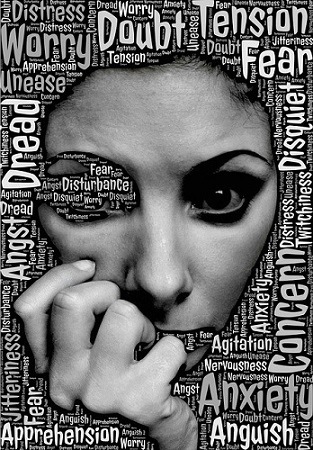 If you answer yes to a few of these questions, don’t worry. Female sexual arousal disorder is a fairly common occurrence among women. Some of these feelings are all too mutual for many women across the globe. Some women have difficulty finding sex appealing, often experiencing anxiety.
If you answer yes to a few of these questions, don’t worry. Female sexual arousal disorder is a fairly common occurrence among women. Some of these feelings are all too mutual for many women across the globe. Some women have difficulty finding sex appealing, often experiencing anxiety.
This article will allow you to learn more about the female sexual arousal disorder symptoms and signs. The more educated you become about what may be going on with you both physically and psychologically as far as sex goes, the better the hope you have in treating this disease, and bringing the spark back into your relationship.
Let’s start with facts about this disorder.
1. Americans Want More Sex: Surprising But True
Did you know that about 63 percent of Americans wish they could have more sex?
This statistic, discovered in a survey by Trojan condoms, does not surprise. A lot of people in America say although they wish they had more sex, what typically prevents them is feeling tired or disinterested. These two factors are more common in woman than men.
[adsanity id=”66647″ align=”alignnone” /]
Many women experience signs of a low libido and for them, sex is not an easy thing. For most female Americans above the age of 55, sex provides them with difficulty because they report suffering from at least one sexual problem, with low desire emerging as the most common. However, these women also reported problems with vaginal lubrication.
Not only the senior women report the problem of vaginal lubrication, but about 20 percent of younger women also have the same problem.
2. What Should You Know About Hypoactive Sexual Desire Disorder?
If a woman experiences a period of being disinterested in sex due to a short-term biological or psychological problem, then regains her interest later, she does not have the disease. She might be dealing with hypoactive sexual desire disorder, which is considered as an absence or lack of sexual imaginations and craving for sexual activity for some period of time.
It can also be difficult to say whether or not women have a disease, or they are simply not getting the kind of relationship support necessary from their partners to feel sexual arousal anymore, although they can experience it with others. Again, women like this do not have the disorder. A woman with this disorder has a long-term low libido issue.

The low libido that comes with this disorder can often cause anxiety when approached with sex. Furthermore, some of these women report having difficulty with the physical sensations of sexual arousal and, therefore, have issues when attempting to be intimate with their partners.
3. Female Sexual Arousal Disorder: A Medical Definition
So what, exactly, is female sexual arousal disorder? The medical female sexual arousal disorder definition is as follows:
- Experts describe female sexual arousal disorder as the incapability of a woman to achieve and maintain sufficient sexual pleasure, which may be expressed as an absence of genital lubrication and swelling before and during sex.
Issues with the Definition: All Women Are Different Sexually
There are a few issues with this definition because some of the implied standards present in the wording can be difficult to measure. Here is why:
 There is no measurement for an adequate lubrication-swelling response or agreed upon period it should take for a woman to experience arousal.
There is no measurement for an adequate lubrication-swelling response or agreed upon period it should take for a woman to experience arousal.- In fact, the response rate is a highly personalized matter and can differ massively from one female to the next.
- Furthermore, a long list of reasons exists for her particular lack of response at any given time, including a female’s emotional state and her partner’s capabilities to stimulate her.
- For women, there also appears to exist a contrast between the physiological and subjective in arousal. All of this can make the disorder difficult to diagnose, and much of it comes down to how the woman feels about the act of sex itself.
4. What Are The Diagnostic Features of Female Sexual Arousal Disorder?
Female sexual arousal disorder diagnostic criteria include a minimum of three of the following features:
 Limited thoughts related to sex
Limited thoughts related to sex- Less interest in sex
- Trivial genital sensations during sex most of the time
- Reduced attention in sex even when watching erotic stuff
- Diminished start and rejecting of sex
- Less desire during sex most of the time
5. Why Some Women Develop Female Sexual Arousal Disorder
There are a few reasons why women who were perfectly fine with sex before can develop female sexual arousal disorder over time.
- Menopause: Many of the women that suffer from female sexual arousal are over 55. Thus, the hormonal changes that happen during menopause have something to do with the disorder. Menopause causes a lot of the vaginal dryness that women of this age group complain.
- Medications: Many of these women are seniors; thus, medications, and other medical conditions can also cause problems for women when it comes to sex.
6. Arousal: Why Woman Start Having Sexual Arousal Issues

Arousal is, quite naturally, a singular experience. Thus, women start having arousal problems for a few other reasons such as:
- They may not understand exactly how their bodies work, especially after menopause.
- They have difficulty telling their sex partners what it is, they, in fact, enjoy.
- They may not be able to communicate that their partners simply are not great at making them feel aroused.
7. Significance of Foreplay: Why It Spices Up Your Sex Life
Many women need foreplay to experience any sexual enjoyment, and sadly most men and women do not realize this. The error is when women assume moving ahead with sex is all they need to feel an orgasm, because, in truth, they need foreplay for arousal. The other problem is that men seem to think the same way about women and sexual intercourse.
- Men Take Foreplay For Granted

Photo by Aimee Plesa / CC BY What one of the biggest complaints women often make of their sex partner is that he just is not that sexual in bed anymore. This complaint occurs because after a while, men start to forego the foreplay that their women need to experience an excitement level similar to theirs.
It is an error for men to assume that women only need sex to have an orgasm. Women do, in fact, need foreplay, as it often takes a longer period for a woman to become aroused. Furthermore, a woman is much more likely to have an orgasm during foreplay, making her more likely to enjoy the sex act.
- Orgasm: The Best Positive Reward For Women
If a man is capable of giving a woman an orgasm each time during sex through the use of foreplay, she is getting that positive reward she cannot obtain through just intercourse alone. That means she will be much more likely to get aroused with her partner and enjoy the sex act the next few times around, especially as the same game repeats.Without the foreplay and the orgasm, her arousal factor begins to dip.
8. Pornography: The Female Anti-Arousal

The method of using pornography can be doing even larger damage to the sexual aspect of the couple’s relationship Pornography links to poor body image feelings in women when they watch it with their male partners. The last thing a woman needs to feel or experience before sex is a negative view of her appearance; this will simply link yet another negative thing to sex.
Men simply assume pornography arouses women because it arouses them. Women see the justification of their mate’s arousal factor akin to pornography and believe they should experience arousal, too, even if they do not.
What typically happens is that the woman turns inward. She assumes something is wrong with her if she cannot get aroused. Then, she feels bad about her body seeing the women on screen. She accepts that simply must be wrong with her because she cannot get aroused and thinks negatively about herself. As a result, negative experiences start clicking in the woman’s brain about pornography and sex.
9. The Quality of a Couple’s Relationship Matters

Relationship factor can have a lot to do with female sexual arousal disorder. The status of the couple and how well the two are getting along is going to affect levels of intimacy at any stage.
Vast amounts of research studied the status of the couple’s relationship next to the sexual intimacy of the couple to examine the level of the female’s orgasmic response. Studies have taken a look at relationship quality, quality of sex life, and quality of the female orgasmic response from a variety of angles. Women in a satisfying relationship report having far fewer sexual dysfunction issues.
On the other hand, couples that are not getting along as well seem to reflect that in their sex lives, and the woman usually reflects this in her ability to have an orgasm.
10. Issues That Can Make Sexual Arousal Difficult For Women
A woman could have other issues in her background that can make sexual arousal difficult for her. For instance:
- Sexual Abuse: If she has experienced any form of sexual abuse, sex may be a physical turn off for her. She may become numb to sex or a man’s touch in order to avoid the pain she lived through. Even the slightest touch from a man can bring back a crashing tsunami of pain, and they often feel like they are being forced to relive the experience. Thus, many of these women forego sex altogether.

Photo by Leon israel / CC BY-SA - Religious Theories: Other women may have experienced a strict religious upbringing that was highly opposed to sex, making her feel negative about having sex with her partner.
- Negative Body Image: This also contributes to the problem, and some of that can come from mental illness, like depression, or an eating disorder.
There are various types of female sexual arousal disorder, and they can either be lifelong or acquired. Occasionally the environment can also play a part, or a certain partner might cause the issue.
The length of time the woman has suffered from the disease may help determine if the disorder is situation specific. However, the issue could also be related to psychological issues suffered by the woman. There exists a wide variety of female sexual arousal disorder causes and cases, which can make pinpointing the disorder’s causes very difficult.
11. Never Underestimate the Role of Physical Factors
 Physical factors are also to blame for female sexual arousal disorder. Circulatory or neurological functioning problems pose the most concern for female sexual dysfunction. Unfortunately, there is still a gap in the literature within these findings as far as women go; men, in fact, are studied much more.
Physical factors are also to blame for female sexual arousal disorder. Circulatory or neurological functioning problems pose the most concern for female sexual dysfunction. Unfortunately, there is still a gap in the literature within these findings as far as women go; men, in fact, are studied much more.
How physical factors contribute to female sexual arousal disorder remains open to further exploration. But, one female sexual arousal case study implies that diabetic women may have more problems during the sexual arousal stage than non-diabetic women. Diabetic women, however, vary widely in how their medical condition affects them, and as a result of the way the disease affects arousal also emerges as highly variable.
12. Psychological Factors That May Contribute to Female Sexual Dysfunction
The biggest psychological factor that contributes to female sexual arousal disorder centers on experiences the female had during childhood.
Some psychological indicators can be things like poor childhood and adolescent experiences with sex. Another factor can be the current state of both the individual woman’s mental state and the status of the couple’s relationship. Many studies take an extended look at childhood experiences and how they link up with female sexual arousal disorder in the present.
 Some of these situations can lead to female sexual arousal disorder in women:
Some of these situations can lead to female sexual arousal disorder in women:
- Experiencing sexual abuse as a youngster.
- Being brought up in an all too prudish household.
- Being taught to look at sex as disgusting.
Such women can carry the imprint of those experiences throughout adulthood. That imprint is thought, hypothetically, to have a lot to do with female sexual arousal disorder in women that experienced either one of those two types of events.
There is hope, however, for treatment in the form of both nonmedical and medical treatments. Let’s discuss the treatment options.
13. Communication Is Vital in Relationship: Talk and Listen, Too
For nonmedical treatments, your doctor might make a few suggestions. First, make sure to talk and listen to your partner. Open communication can help increase arousal and make sex more satisfying and also improve your relationship.
 Some women cower in fear and find the thought of discussing sexual issues, especially their own personal sexual dysfunction with their partner, and choose to remain silent. By not speaking out and seeking treatment, however, you are dooming both you and your partner to a life of sexual misery.
Some women cower in fear and find the thought of discussing sexual issues, especially their own personal sexual dysfunction with their partner, and choose to remain silent. By not speaking out and seeking treatment, however, you are dooming both you and your partner to a life of sexual misery.
There no need to impose this punishment on your relationship. Open up and clear the air. Share your feelings with both your partner and your doctor. Talk is one of the best ways of resolving sexual miscommunication.
Talking to your partner can help you to resolve some of the problems you have in the bedroom. Obviously, if a woman does not tell her man what she needs, he is not going to know. Men cannot read women’s minds and clearly think very differently than women do. So, assumptions and generalizations combined with silence only make the situation worse. Communicate with him. It will work wonders.
14. Embrace Healthy Habits to Improve Your Sexual and Physical Health
 Doctor often recommends adopting a healthy lifestyle. Here are a few tips:
Doctor often recommends adopting a healthy lifestyle. Here are a few tips:
- Stay away from excessive alcohol as it can curb sexual desire.
- Take up an exercise program. Physical exercise works to boost mood as well as create a deeper feeling of happiness with oneself, opening the door up for sex.
- Eat more green and colored vegetables and fruits.
15. Counseling: An Effective Therapy for Couples to Get Closer
Counseling can help, especially if you see somebody that focuses on sex and relationship issues.
A therapist can help educate you more about how you can increase the benefits of the sexual experience within your relationships. Therapists often provide extra reading to help with education about sexual intimacy.
16. Lubricant And Sex Devices May Help Ramp Up Your Sex Experience
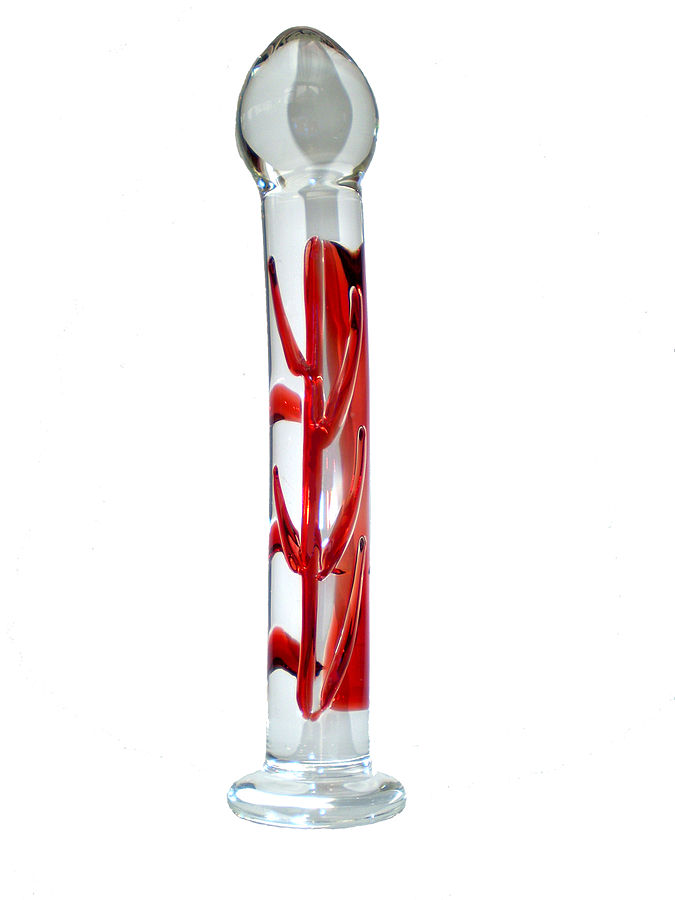
Don’t be afraid to try a few new things sexually, like using a lubricant or trying a sex device.
- using a lubricant can help you if you experience vaginal dryness. It can make sex much more enjoyable.
- A device can help with foreplay and help with reaching the clitoris during intercourse.
17. Medicines That May Help Women Having Sexual Issues
There are various effective medical treatments for female sexual dysfunction. Most of the treatment focuses on a female’s medical condition or possible hormonal change.
- Flibanserin: One medication that has obtained approval by the FDA to assist with female libido disorders is flibanserin. Other drugs have proved helpful with the disorder as well, including SSRI, or depression, medication.Fibanserin is an antidepressant. The pill possibly helps make a female libido stronger in those that can feel both anxious and emotional about the thought of sex. If your sex drive is not better after eight weeks, your doctor may suggest you to stop taking the drug.Side effects can include fatigue, low blood pressure, nausea, fainting and dizziness and sleepiness if you drink alcohol and take the drug.
-
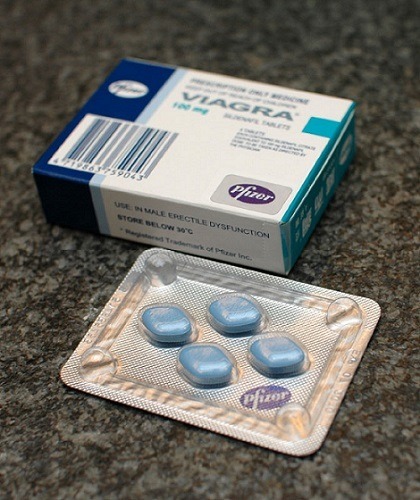
Photo by SElefant / CC BY-SA Viagra: Both a female Viagra and a female Cialis pill are now also on the market. The effectiveness of these pills remains in question, but hope exists that the pills will have a similar successful effect for women, much like three pills succeeded with men.
There are a few other suggestions your doctor might make to help assist you with this issue. These are:
- Your doctor may ask you to consider shifting any medications that create the side effect of low sex drive.
- You may also have to do blood tests for checks on hormonal conditions that could be causing libido problems.
- Since depression and anxiety are often common factors in a low libido, your doctor may wish to treat you for them.
- Another suggestion might be to use approaches to minimizing pelvic pain, or any other conditions that might cause you pain.
18. Hormonal Therapy Helps Correct Imbalance Of Hormones
There are two types of hormone therapy your doctor may wind up picking.
-
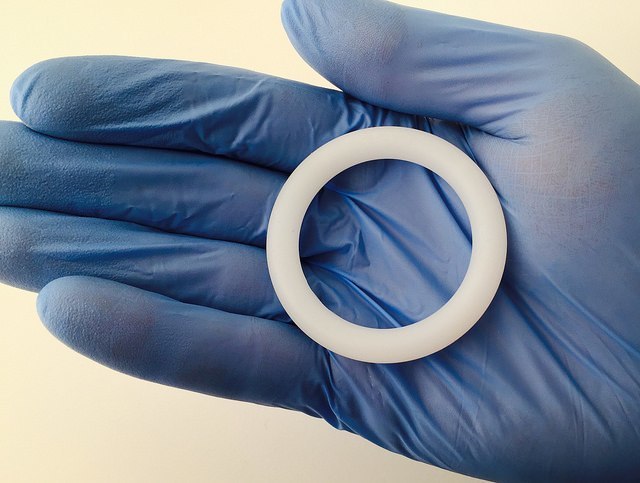
Photo by NIAID / CC BY Estrogen Therapy: Your doctor will conduct this therapy through the insertion of a vaginal ring, cream, or tablet. The therapy assists female sexual dysfunction because it helps with lubrication and creates more elasticity in the vagina.
- Androgen Therapy: Androgens typically include testosterone, which plays a big part in sex for both men and women. Women do have lower amounts of testosterone than men, and androgen therapy is still questionable at best. There are some test results that demonstrate the therapy helps, while others exist that show the opposite.
If your doctor brings up hormone therapy to you, it is almost always a safer bet to ask to stick with estrogen therapy. However, just as with any medical condition, it is best to discuss all of your options in detail with your doctor.
19. Two Possible Treatments For Female Sexual Disorder
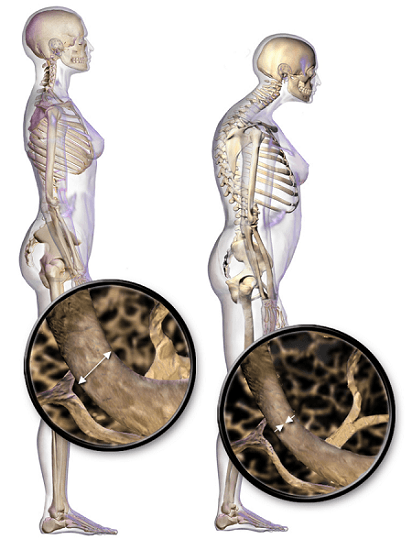
There are also two possible treatments on the market that require more research for the treatment of a low female libido.
- Tibolone: Tibolone is a synthetic steroid that typically treats postmenopausal osteoporosis. However, its side effects are increased risk of breast cancer and increased risk of stroke. Therefore, the FDA has not approved of it.
- Phosphodiesterase Inhibitors: Another possible treatment is phosphodiesterase inhibitors, which has helped men who suffer from erectile dysfunction. The problem, however, is that the drug has not been comparably effective when being given to women suffering from sexual dysfunction. Likewise, the FDA does not approve the drug.
The Bottom Line
So, if you are suffering from female sexual arousal disorder, do not fret. First, know that you are not alone. The issue is much more common than people realize. Second, realize it may not be entirely your fault; your partner also bears some of the responsibility of the problem.
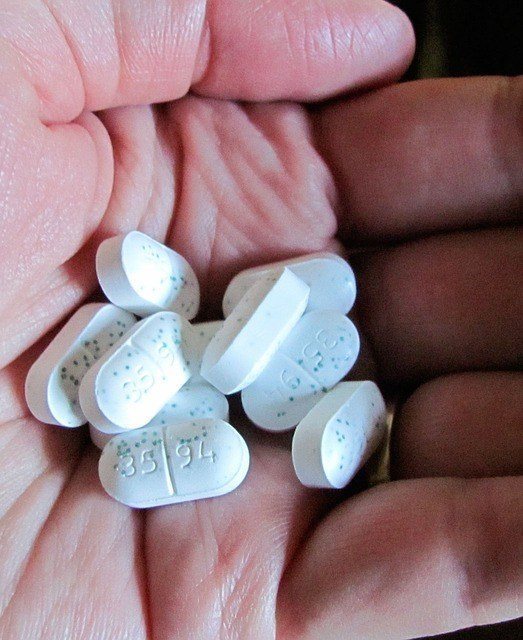 Last, remember that there is both pills and therapy that can assist you with the issue, so do not be afraid to talk to your doctor. Vocalize your concerns with your doctor. Chances are, any one of the many treatments suggested here are going to help you overcome this disorder.
Last, remember that there is both pills and therapy that can assist you with the issue, so do not be afraid to talk to your doctor. Vocalize your concerns with your doctor. Chances are, any one of the many treatments suggested here are going to help you overcome this disorder.
Keep in mind that there is more assistance within your grasp than you think there is, as well as some women out there that feel just like you. Go out and get the appropriate female sexual arousal disorder treatment today.

